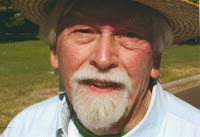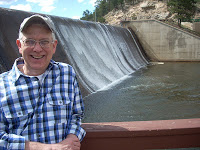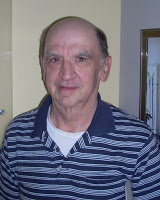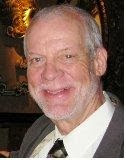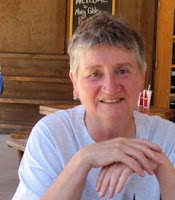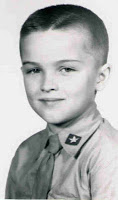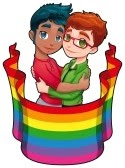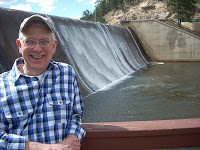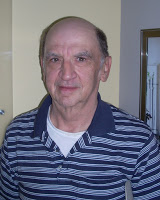It was a grey March morning in 2007, the view looking
south through my dining room window was one of frozen earth and the black
remains of last summer’s garden. The thought came to me in an instant. “No, I
can’t do this again.” “This” was in reference to the task of planting a new
garden, of battling weeds, and tending a too-large lawn. Then too, our little
1940’s spec-ranch style house had suddenly become too much house of one ageing
widower.
south through my dining room window was one of frozen earth and the black
remains of last summer’s garden. The thought came to me in an instant. “No, I
can’t do this again.” “This” was in reference to the task of planting a new
garden, of battling weeds, and tending a too-large lawn. Then too, our little
1940’s spec-ranch style house had suddenly become too much house of one ageing
widower.
After engaging the service of a good family friend and
realtor, the end result was a sale that required new owner occupancy by April
first. “Goodbye” to forty-some years of suburbia and relocation to a small
ground-level apartment, replete with sufficient essential facilities and
surrounded by all white painted interior walls. It was all such a
welcome no brainer not to concern oneself with color, anything works with white
and, besides, this was the beginning of a new, colorful life.
realtor, the end result was a sale that required new owner occupancy by April
first. “Goodbye” to forty-some years of suburbia and relocation to a small
ground-level apartment, replete with sufficient essential facilities and
surrounded by all white painted interior walls. It was all such a
welcome no brainer not to concern oneself with color, anything works with white
and, besides, this was the beginning of a new, colorful life.
The new life lasted until the bank chose to pursue the
condo’s owner for nonpayment of the bank’s loan. So goes the “white walls.” And
the search for more walls to hang my art stuff, memorabilia, and toothbrush. With
the miraculous touch on the computer apparatus my “darling daughter” phoned me
to say she had found a possible new home for the homeless and aged Pater.
condo’s owner for nonpayment of the bank’s loan. So goes the “white walls.” And
the search for more walls to hang my art stuff, memorabilia, and toothbrush. With
the miraculous touch on the computer apparatus my “darling daughter” phoned me
to say she had found a possible new home for the homeless and aged Pater.
Another phone call arranged a meeting with the owner
of a rental condo near Washington Park; all of this having been discovered by
daughter while browsing the internet and finding the listing on “Craig’s List.”
of a rental condo near Washington Park; all of this having been discovered by
daughter while browsing the internet and finding the listing on “Craig’s List.”
Here’s the kicker; daughter and I met the owner’s
representative at the prearranged hour. I noted that the front door key and
lock didn’t like each other, but it finally unlocked revealing an apartment
consisting of required living spaces, all six of them including a kitchen and a
bathroom replete with claw foot bath tub, and each room sported a different
color on their respective walls.
representative at the prearranged hour. I noted that the front door key and
lock didn’t like each other, but it finally unlocked revealing an apartment
consisting of required living spaces, all six of them including a kitchen and a
bathroom replete with claw foot bath tub, and each room sported a different
color on their respective walls.
Ever since that day it has been one colorful day after
another within my painter’s “Somewhere over the Rainbow” palette walls.
another within my painter’s “Somewhere over the Rainbow” palette walls.
© 24 January 2017
About the Author
